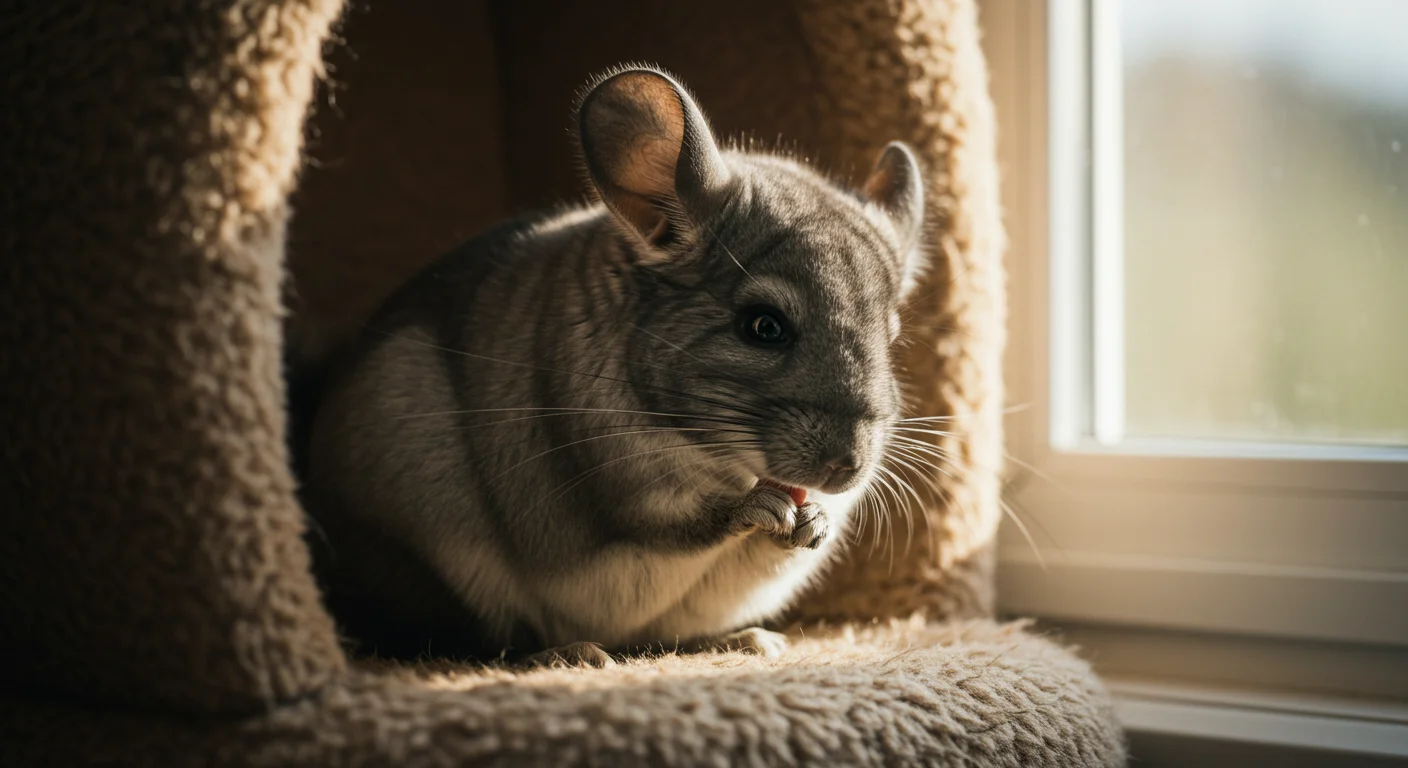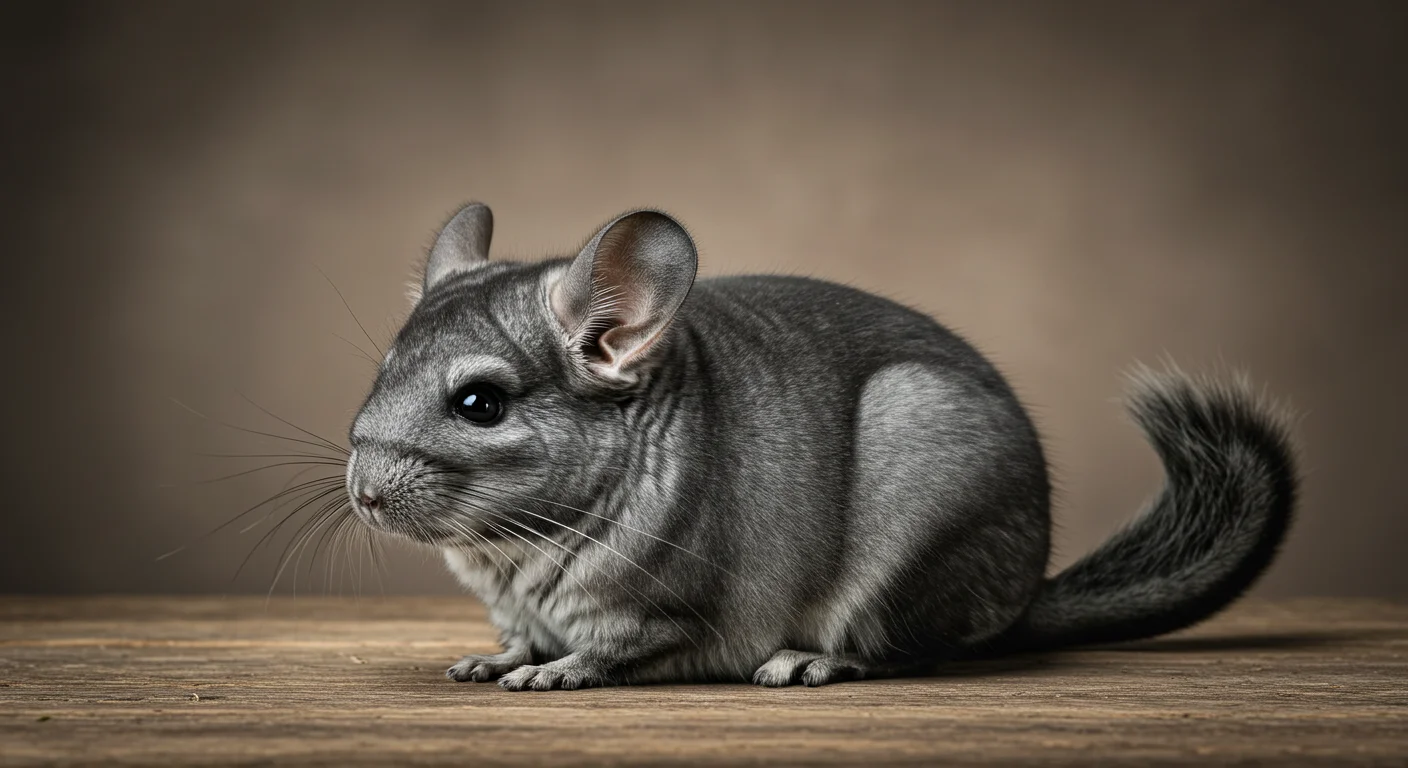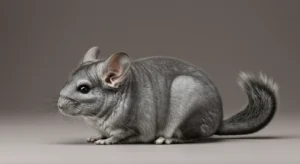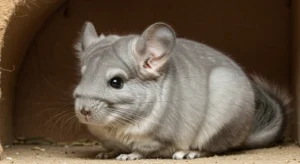Understanding Chinchilla Nocturnal Behavior
Many potential and new chinchilla owners hear that these animals are “nocturnal,” meaning active primarily at night. While this is broadly true, it’s more accurate to classify them as crepuscular. Understanding their natural activity cycle is key to providing appropriate care, interaction, and ensuring their well-being.
Crepuscular, Not Strictly Nocturnal
While chinchillas are most active during the darker hours, their peak activity times are typically at dawn and dusk – the twilight hours. This is the definition of crepuscular. In the wild, this behavior helps them avoid predators that hunt during full daylight or the dead of night. While they certainly can be active throughout the night, you’ll often observe bursts of energy as the sun rises and sets.
This distinction is important. It means they aren’t necessarily sleeping soundly all day, and they aren’t necessarily hyperactive all night long. There are periods of rest and activity interspersed throughout the 24-hour cycle, heavily weighted towards the night and twilight hours.

Typical Activity Patterns
A chinchilla’s day (or rather, night) often follows this pattern:
- Daytime: Primarily sleeping or resting. They might wake for short periods to eat, drink, or nibble on hay, but intense activity is minimal. They often seek out dark, secure sleeping spots like hide houses or hammocks.
- Dusk: Activity levels increase significantly. This is often when they become most vocal, start running on their wheel, exploring their cage, chewing toys, and interacting with cage mates or owners.
- Night: Continued periods of high activity interspersed with short rest breaks. Foraging behaviors (like searching for hidden treats or fresh hay) are common.
- Dawn: Another peak activity period, similar to dusk, before they settle down for their main sleep cycle during the day.
Implications for Owners
Understanding the chinchilla sleep and activity cycles impacts how you interact with and care for your pet:
- Interaction Time: The best times for playtime, handling, and bonding are usually in the early morning or evening when your chinchilla is naturally most active and receptive.
- Feeding Schedule: While hay and water should always be available, providing fresh pellets and any treats during their active evening period aligns with their natural foraging times.
- Cage Placement: Ideally, the cage should be in a location where daytime sleep won’t be constantly disturbed by loud noises or bright lights, but where evening activity won’t disrupt the household excessively.
- Noise Levels: Be prepared for nighttime activity. Wheels spinning, cage bars rattling, and chewing noises are normal sounds of a healthy, active chinchilla.
Respecting Their Natural Schedule
Forcing a chinchilla to conform to a human schedule (e.g., waking them frequently for daytime play) can be stressful and detrimental to their health. Chronic sleep deprivation can weaken their immune system and lead to behavioral problems.

While they may adjust slightly to household routines, their fundamental crepuscular nature remains. It’s crucial to allow them undisturbed rest during the day.
Providing a dark, quiet sleeping area like a wooden hide box or a fleece cube is essential for allowing quality daytime rest, a cornerstone of good chinchilla habitat enrichment.
Signs of Schedule Disruption
A chinchilla whose natural sleep/wake cycle is consistently disrupted may show signs of stress, including:
- Lethargy during normal active periods (evening/morning).
- Increased irritability or nervousness.
- Decreased appetite.
- Over-grooming or fur chewing.
- Increased susceptibility to illness.
Managing Noise Levels
If nighttime chinchilla activity is disruptive:
- Choose a Quality Wheel: Invest in a solid-surface, relatively quiet wheel (like a Chin Spin or Flying Saucer style wheel). Avoid wire wheels, which are dangerous anyway.
- Secure Cage Items: Ensure water bottles, food bowls, and toys are securely fastened to minimize rattling.
- Cage Placement: Reconsider cage location if noise is a major issue, perhaps moving it slightly further from bedrooms.
By understanding and respecting your chinchilla’s natural crepuscular rhythm, you can provide an environment that supports their health, reduces stress, and allows you to enjoy their company during their most active and engaging times.








